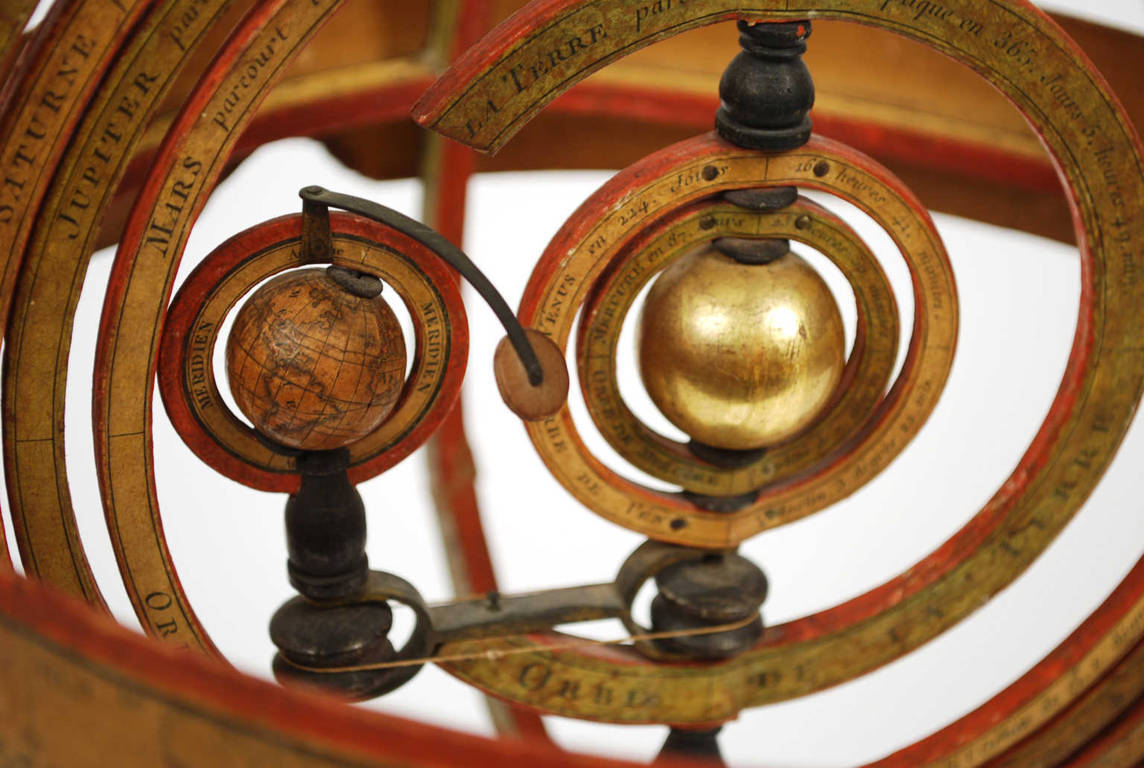antik.it/Nautical-antiques/696-Antique-Figurehead/
Code 696
EUR 28000.00
In stock
1693668984Code 696 Antique FigureheadFigurehead depicting a female figure with loose hair and a belt that tightens her waist; it was carved in lime wood, scientific name tilia, a wood widely used in carving works, which would suggest a ship built in an East Indies shipyard around the end of the 19th century, a frequent fact in many ships of the Royal Navy, although the present sculpture for the features it certainly belongs to a merchant ship. Its dimensions are 163 cm in height – 64.20 inches, 48 cm – 18.8 inches in maximum width measured at shoulder height and 30 cm – 11.8 inches in depth. Beneath the more recent layer of light green paint are traces of a brownish-brown colouration, probably a paint used for wood conservation. The sculpture was done by hand using a gouge. The lack of arms is typical of the figureheads of the second half of the nineteenth century, when for economic and also practical reasons, since the arms detached with a certain frequency due to rough seas, or were damaged by the sheets of the jibs during tacking, it was preferred to resort to busts.
A figurehead is a wooden decoration, often a female or animal figure, which was found on the prow of ships from the 16th to the 19th century. The practice was first introduced in galleons, but even older vessels often had some decoration in the prow. Like many of the austere decorations of the time, the figurehead was intended to indicate the name of the ship that housed it to people who could not read, and were also intended to show the owner's wealth and strength. During the Baroque period some ships boasted gigantic figureheads weighing many tons and sometimes even carrying two, one on each side of the foremast. The large figureheads, being carved in solid wood and being placed on the tip of the hull, negatively affected the ships' navigation capabilities. This, and the high construction costs, led in the 18th century to make much smaller figureheads and even to eliminate them in the following century. After the Napoleonic wars, some figureheads began to be produced again, but they only depicted small busts and not the large figures used in the past. Clippers of the 1850s and 1860s typically featured full-length figureheads, but these were relatively small and light. The figurehead as such died with the end of the use of large-scale sailing propulsion. Early steamers had structures resembling figureheads on their bows. This practice lasted until the First World War.
FAQ
Do you provide an authenticity certificate/expertise?
Of course! The legislative decree n. 42/2004 stipulates that who sells works of art or historical and archaeological items has the obligation to deliver to the purchaser the documents attesting to the authenticity of the object, or at least to submit the documents relating to the probable attribution and origin. Antik Arte & Scienza provides an expertise (as warranty) that contains a description, period and assignment or the author, if known, of the item.
How can I pay?
Secure payments by PayPal, credit card or bank transfer.
What are the shipping terms and the delivery schedule?
Shipping by DHL or UPS is free (but if we are shipping to a country non-EU remember that any taxes and customs duties are on your expense), and items will be sent just after receiving of payment.
Italy: delivering on the average in 24 h.
Europe: delivering on the average in 2/3 weekdays.
Other countries: delivering on the average in 5 weekdays; custom duties charged to the buyer.
Is shipping insured?
Of course! Free insurance by Lloyd's London that covers almost all destinations.
If I change my mind, can I return the item?
Of course! (see our general terms for more information).
e-Shop
Nautical antiques
Code 696 Antique Figurehead
Antik Arte & Scienza sas di Daniela Giorgi - via S. Giovanni sul Muro 10 20121 Milan (MI) Italy - +39 0286461448 - info@antik.it - www.antik.it - Monday-Saturday: 10am-7pm





































